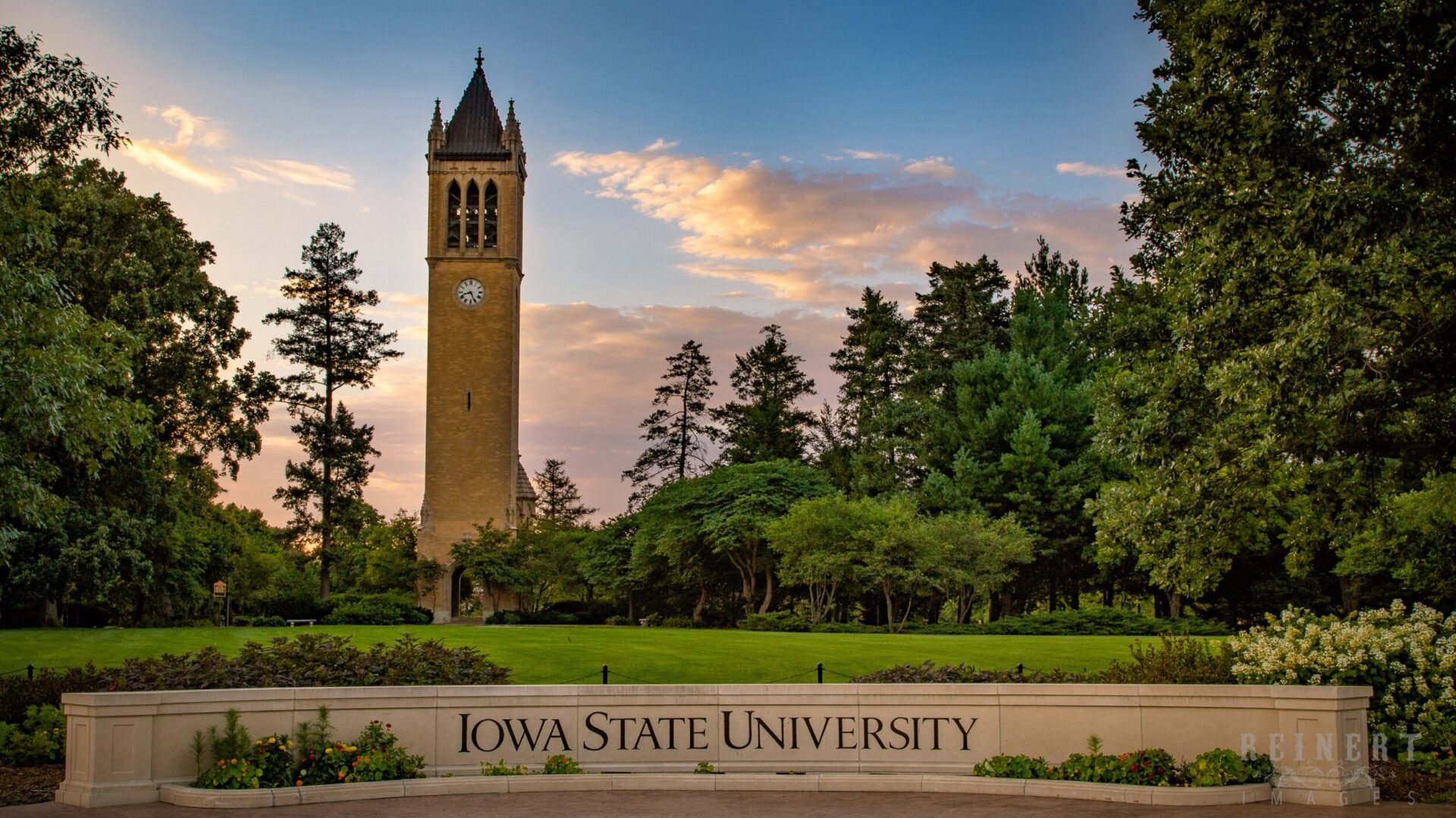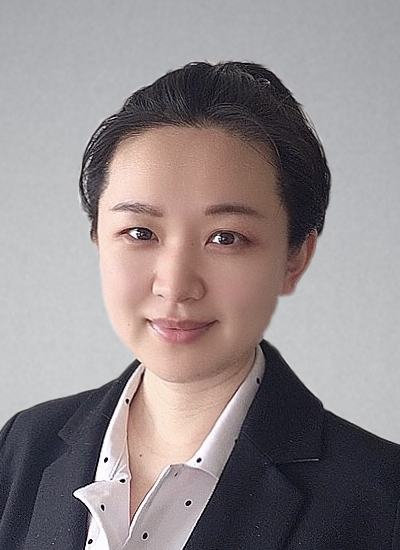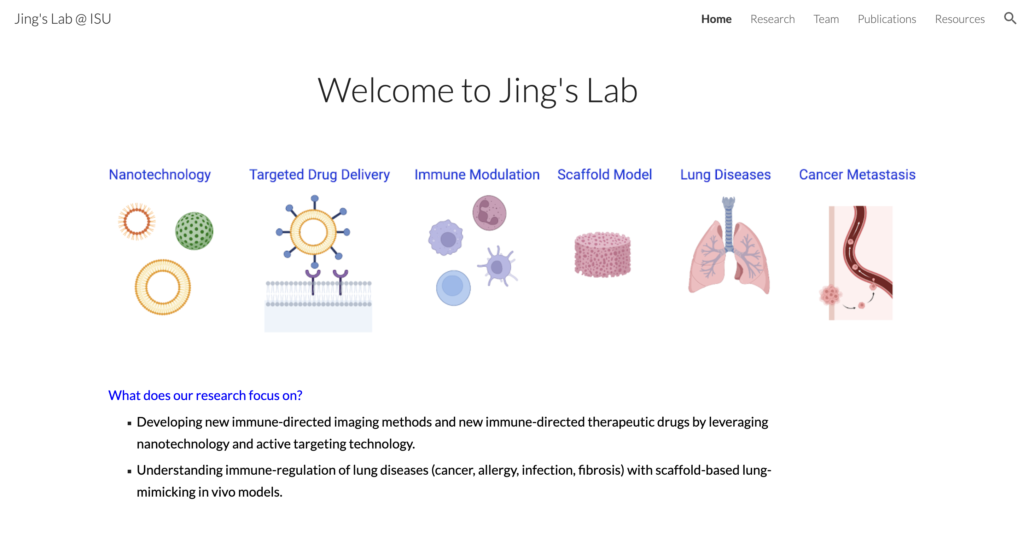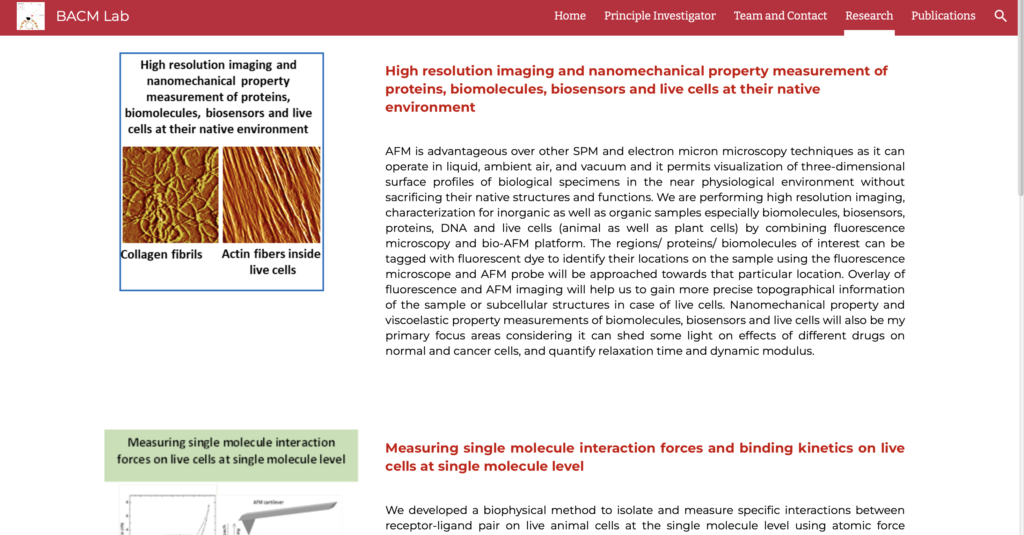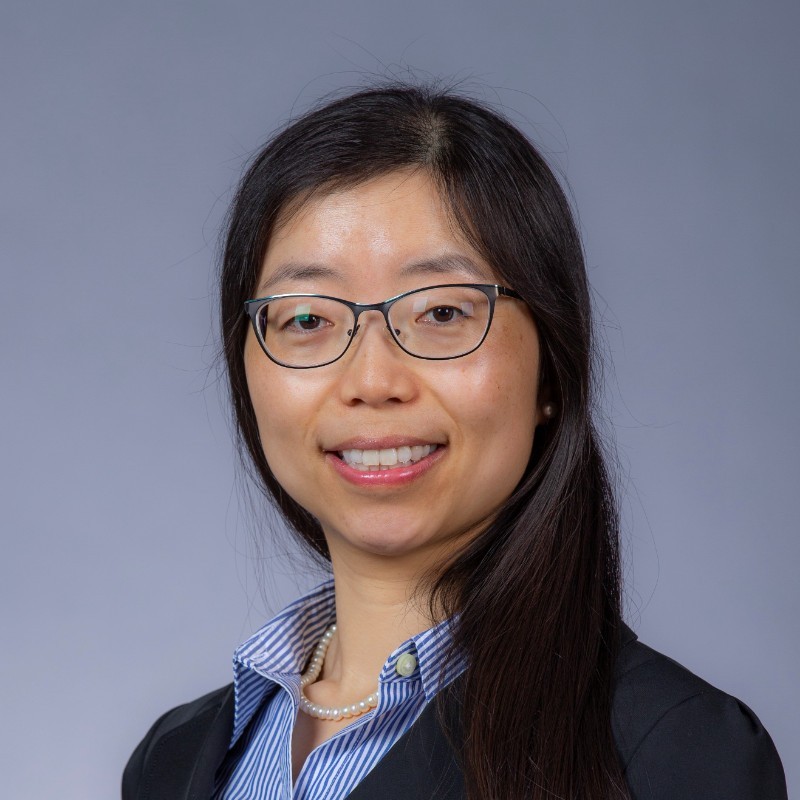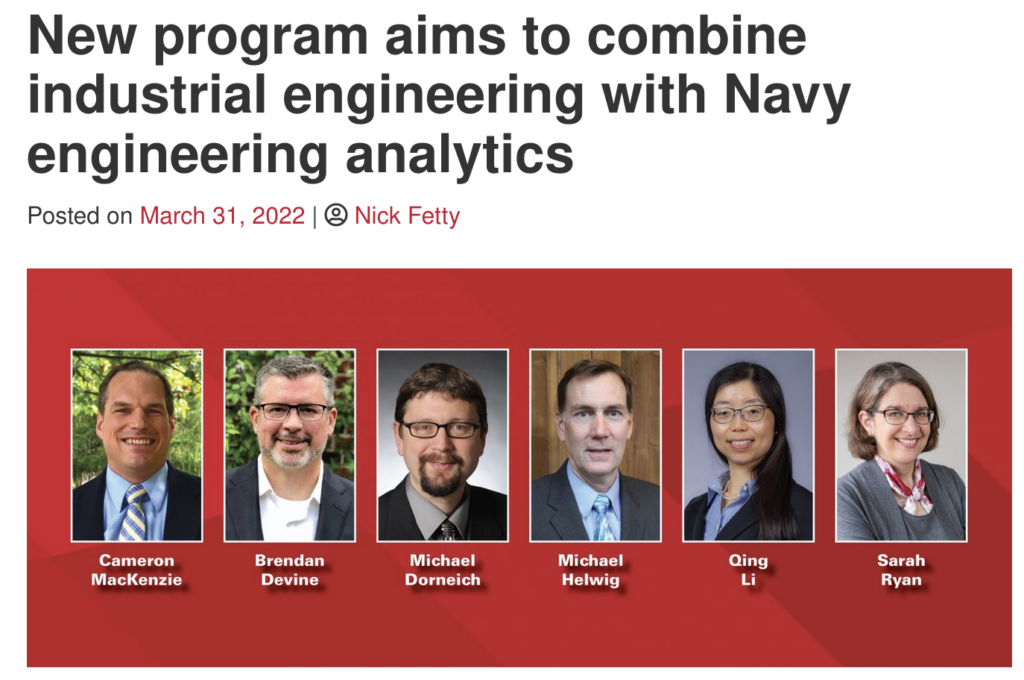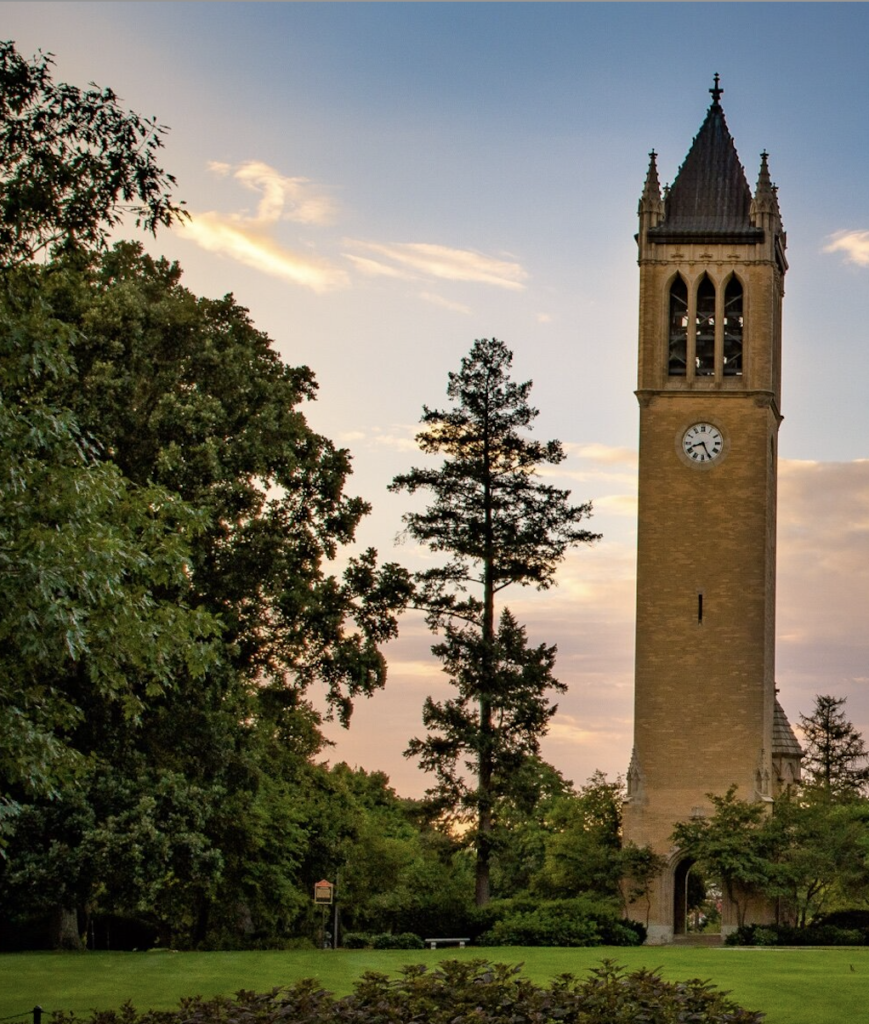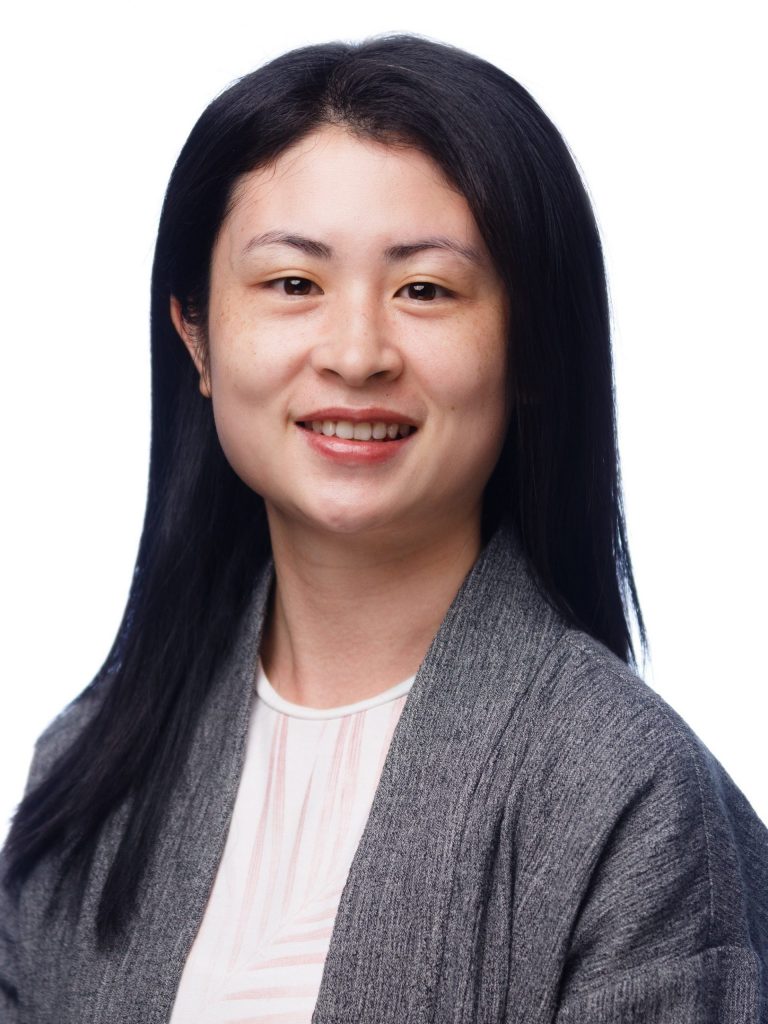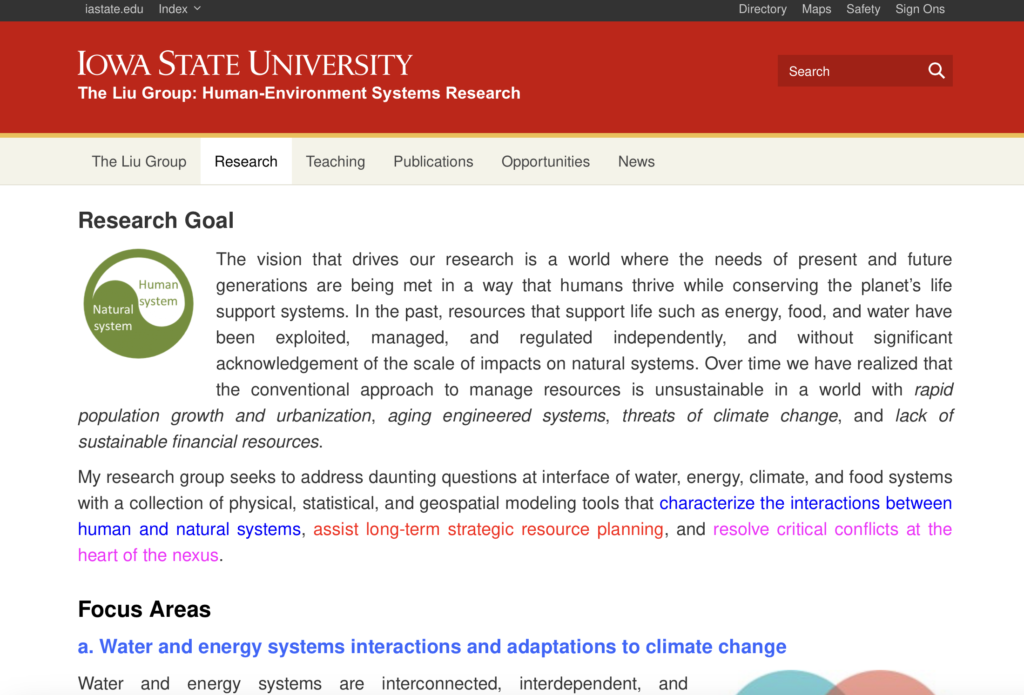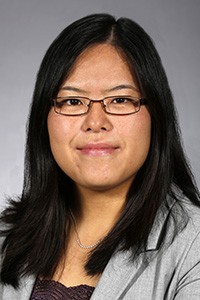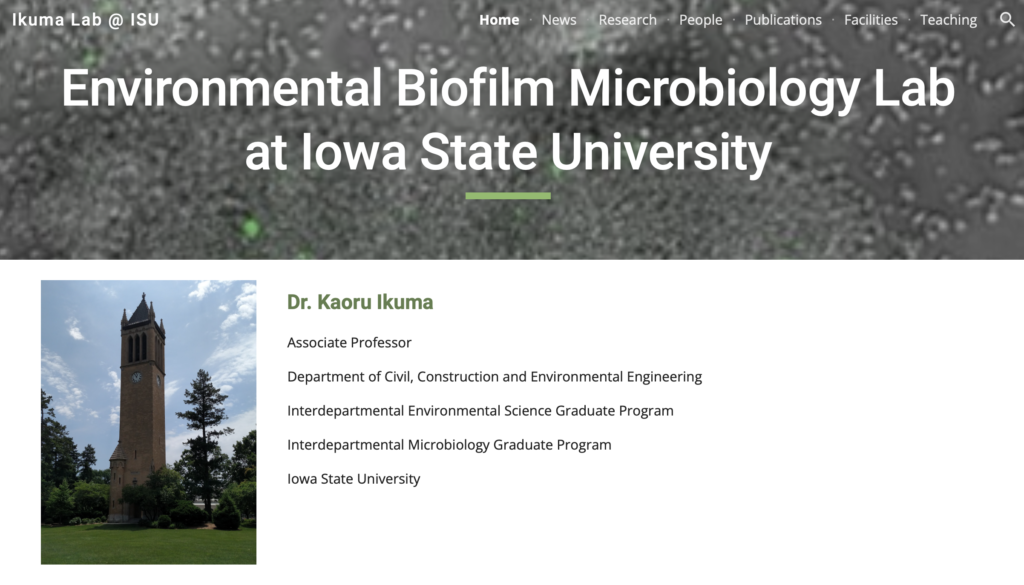Allow me to introduce Professor Jing Wang, an accomplished figure in the field of biomedical engineering, whose journey traverses continents and academic milestones. Having completed her Ph.D. outside the US, she embarked on a trajectory that led her to prestigious postdoctoral roles at Duke University and the University of Michigan before assuming the mantle of Assistant Professor at Iowa State University in 2022. With a background rooted in medical engineering and a passion for cancer studies, Professor Wang’s desire to create solutions with translational value propelled her to the forefront of her field.
Her trajectory highlights her tenacity in pursuing knowledge across borders and contributing to the realm of biomedical engineering. Her affinity for biology and her dedication to practical applications echo her commitment to making a tangible difference in the world. Speaking on the challenges encountered by Asian women faculty members in STEM, she aptly noted, “For female scientists, there are always a lot of family responsibilities… women have to take more responsibility or more job to take care of the family, the kids, and then the parents.” This candid insight underscores the delicate balance between professional aspirations and familial duties that many women navigate. She, however, remains hopeful, acknowledging the availability of policies and benefits that support these talented individuals in managing these demands.
Addressing collaboration dynamics, Professor Wang observed, “Especially when you start collaboration, you will find it’s still like a lot of male scientists in this field.” While gender disparities persist, she highlighted the proactive role played by organizations like NIH and NSF in fostering collaborations that embrace diversity. She finds inspiration in the numerous successful female faculty members in the field of biomedical engineering, regarding them as role models who have navigated similar challenges and emerged triumphant.
In the realm of biomedical innovation, Professor Jing Wang’s journey stands as a testament to dedication and groundbreaking research. Her efforts are poised to inspire students and researchers to bridge critical gaps in medicine and the biomedical field. Among her notable accomplishments, Professor Wang’s research took an intriguing turn, focusing on immunoregulation and cancer metastasis. Over the course of four years at the University of Michigan, her dedication to understanding immunotherapy’s nuances crystallized. Notably, her recent publication in Nature Communications marked a significant milestone.
In her words,
“Our study uncovered the intricate interplay of immune cells in breast cancer hosts, shedding light on why some patients experience lung metastasis while others achieve long-term survival.”
Professor Wang
Navigating the intricate landscape of scientific discovery, Professor Jing Wang’s journey has been enriched by the guidance of remarkable mentors. As she elaborates, “I am very lucky. I always encounter very good mentors. A good mentor should give you scientific suggestions about your project because they know more than you.” For Professor Wang, mentorship has been a dual path of guidance and empowerment. The pivotal role of mentors in fostering independence is evident, as she highlights, “During this training, probably the postdoc already have a lot of ideas about how to design a project, how to bring up different hypotheses. So, a good mentor should always encourage the postdoc to try their new ideas rather than telling them step by step what they want you to do.” This approach has been pivotal in cultivating her independent researcher capabilities and fostering a collaborative yet explorative spirit.
In a world of scientific pursuit, Professor Jing Wang’s advice shines as a beacon of encouragement for young Asian women entering STEM fields, particularly in biomedical engineering. “I believe people who choose this field are really interested in it, and I can see a lot of opportunities in academia and in industry,” she emphasizes. Undoubtedly, the presence of successful women in the field signifies the potential for future achievements. Addressing concerns of discrimination or challenges, she assures aspiring scientists to confidently embrace the field and its boundless possibilities. Professor Wang’s insights resonate with the inspiring narrative of determined women who continue to thrive and make their mark in the realm of STEM.
Professor Jing Wang’s journey through biomedical engineering is a testament to determination and innovation. Her dedication to addressing challenges and making a tangible impact is inspiring. Aspiring Asian women in STEM can find encouragement in her story. For more insights, watch the interview, where she shares her experiences and wisdom.
